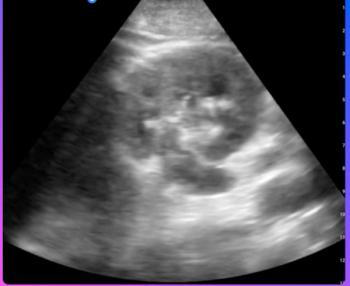
Malpractice in Radiology
[VIDEO] CHICAGO-Insight and advice about medical malpractice in radiology, from Michael Raskin, MD, MPH, JD.
In radiology, there are two main areas that make the radiologist vulnerable for medical malpractice: failure to diagnose and failure to communicate, Michael Raskin, MD, MPH, JD, said at RSNA 2015.
Failure to diagnose is the number one reason radiologists get sued, he said. Within failure to diagnose is failure to perceive, which means the abnormality on the film was missed, and failure to correctly interpret, which is more of a cognitive error, he said.
“You don’t know what you don’t know,” Raskin said. “So you have to be keeping up with the literature of what’s going on in radiology because if you’ve never seen, for instance, pneumocystis carinii pneumonia, you’ll never make the diagnosis of it because you don’t know what it looks like.”
In failure to communicate, it’s less of the urgent, life-threatening findings that cause law suits, but more of the unexpected findings. For example, Raskin said, a lung tumor seen on a shoulder X-ray, or a kidney tumor seen on an MRI of the lumbar spine.
“The radiologist sometimes drops the ball on communicating the unexpected finding to the referring physician,” Raskin said. “Sometimes it requires a direct communication, or what we call nonroutine [communication].”
To safeguard against malpractice, Raskin recommends closed loop communication, similar to what the airline industry uses. The airline industry will instruct, “Land on runway 27R, confirm” and the pilot repeats back, “Land on runway 27R.”
“You not only tell them the information,” he said. “You make sure that they understand what you’ve said.”
As a further confirmation, Raskin recommended documenting the conversation, including when it happened and what was discussed.
Courts are also increasingly expecting radiologists to follow-up with referring physicians after several weeks have passed to confirm if they’ve followed up with patients discussed in previous conversations.
Newsletter
Stay at the forefront of radiology with the Diagnostic Imaging newsletter, delivering the latest news, clinical insights, and imaging advancements for today’s radiologists.




























